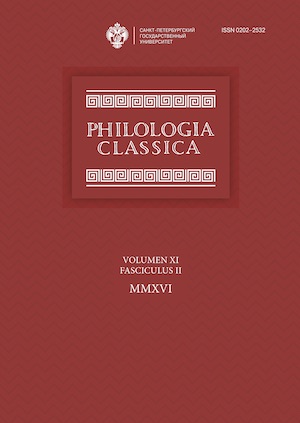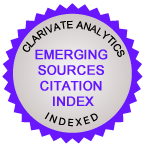The Children of Mnemosyne: a Contrastive Metapoetics of Pindar and Bacchylides
DOI:
https://doi.org/10.21638/11701/spbu20.2016.202Аннотация
В статье рассматривается вопрос о разных типах использования Муз(ы) в поэтике Пиндара и Вакхилида и их преемственности по отношению к элегической и ранней мелической поэзии. На основании детального обзора словоупотребления выдвигается гипотеза о различии в метапоэтических стратегиях упомянутых поэтов: в то время как Вакхилид разрабатывает индивидуальную мифологию поименованных Муз (прежде всего, Урании), Пиндар переосмыляет безымянную Музу эпической и ранней хоровой лирики как сотрудницу поэта, вовлеченную в сам творческий процесс. Таким образом, именно у Пиндара Муза приобретает — в дополнение к мнемонической и побудительной функциям, которые она имела в гекзаметрической поэзии, — тот характер помощницы поэта в составлении оригинальных поэтических произведений, который отличает ее в позднейшей литературной традиции.
Ключевые слова:
греческая лирика, эпиникий, метапоэтика, авторство, Музы, Пиндар, становление литературы
Скачивания
Библиографические ссылки
Загрузки
Опубликован
Как цитировать
Выпуск
Раздел
Лицензия
Статьи журнала «Philologia Classica» находятся в открытом доступе и распространяются в соответствии с условиями Лицензионного Договора с Санкт-Петербургским государственным университетом, который бесплатно предоставляет авторам неограниченное распространение и самостоятельное архивирование.






